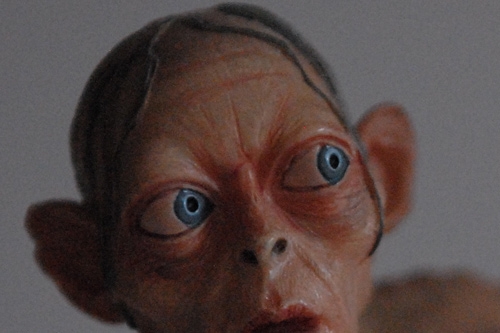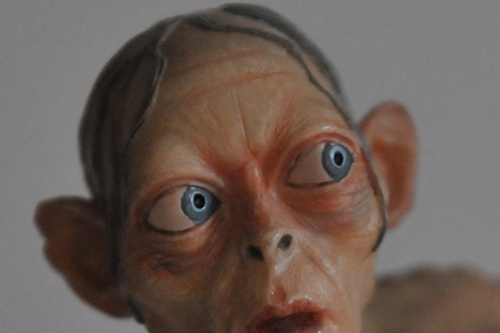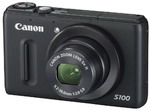Thursday, February 21, 2008
Nikon D300 CMOS Sensor Radically Improves High ISO Image Quality
Posted by Jason Dunn in "Digital Home Hardware & Accessories" @ 07:00 PM
Below you'll see two photos, one taken with the D200 and one taken with the D300. I put my Nikkor 24-70mm f/2.8 lens on each camera, manually set the ISO on each camera to 1600, and ensured that all other settings were identical: standard JPEG, high ISO noise reduction set to normal, Active D-Lighting turned off on the D300, sRGB Colour Space, and every other setting I could find were matched up. The only difference between these two images is that the focal length is slightly different (87mm vs. 66mm). The results are below, and I was shocked to see how much better the D300 did (shocked in a good way of course!).

Figure 1: The image shot by the Nikon D200 shows the kind of noise I grew used to seeing when an image was pushed to ISO 1600. This is a 100% crop view, down-sized to fit in our template, so typically this isn't what you'd see if you were to take an picture at ISO 1600 and then do a 4x6" or 5x7" print. But the noise is still there, and the detail is still a bit obscured. [view 100% crop / view original 2.9 MB image]

Figure 2: The image from the D300 is radically different, in a good way. The colour is more true-to-life, the noise levels are dramatically less (you'd never think this was an ISO 1600 image in looking at it), and the image is a bit brighter - which would seem to indicate that the new CMOS sensor brings a bit more light sensitivity to the table. This image is buttery-smooth in terms of noise. [view 100% crop / view original 3.5 MB image]
This is by no means an exhaustive attempt to display the differences between the D200 and the D300 - it was simply something I was curious about, since several people (myself included) openly questioned whether the D300 was really going to worth getting since the D200 was already a great camera. For my needs, the answer is an enthusiastic yes - the Nikon D300 is a very worthwhile upgrade to the D300, especially if you find yourself shooting in available light as often as I do.
Jason Dunn owns and operates Thoughts Media Inc., a company dedicated to creating the best in online communities. He enjoys mobile devices, digital media content creation/editing, and pretty much all technology. He lives in Calgary, Alberta, Canada with his lovely wife, and his sometimes obedient dog. He still gets goose-bumps every time he picks up his D300.












